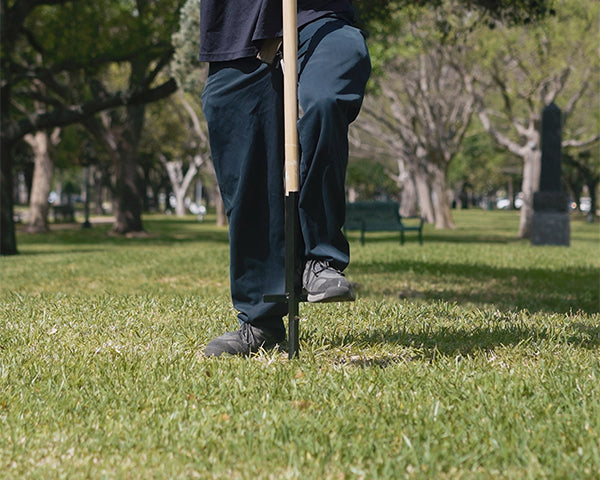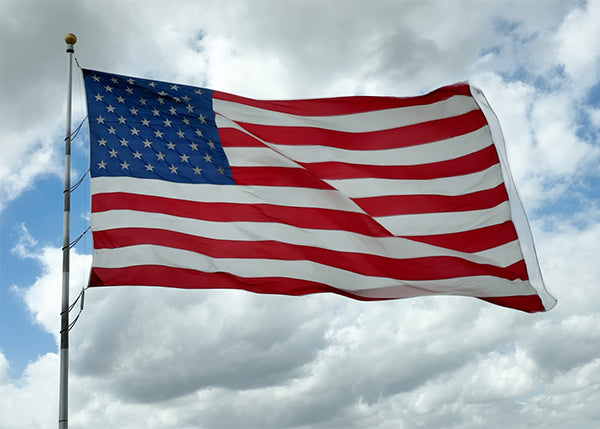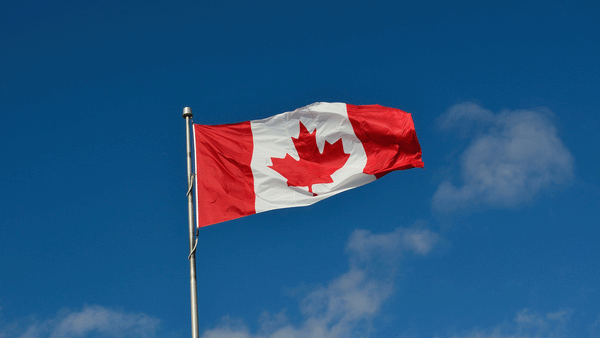
Flagpole Terminology: From Ball to Halyard and Beyond
Flags have an uncanny ability to evoke emotions, stir memories, and symbolize unity. But behind the beauty of our fluttering flags is an intricate world of engineering and design. Here are some of the terms you may not know about the construction of the flagpole:
- Finial: A flagpole's “crown jewel,” the finial or ball, sits atop the flagpole as a decorative element. Whether it's an eagle, a spearhead, or another design, the finial completes the flagpole's ensemble.
- Truck: Atop the flagpole sits the truck, a sturdy cap that houses the pulley system guiding the halyard. This ensures seamless raising and lowering of the flag.
- Snaphooks: These cleverly designed hooks secure the flag to the halyard, allowing it to flutter with pride while staying firmly attached.
- Top Diameter: The flagpole's top diameter influences its stability and appearance. A wider top diameter lends an imposing presence, while a sleeker one offers a streamlined silhouette.
- Halyard: The halyard is the rope or cable that hoists and lowers the flag. A well-maintained halyard ensures the flag can be raised and lowered with ease.
- Cleat: The cleat serves as a mechanism for securing and holding the halyard in place once the flag has been raised to the desired position. It prevents the flag from unfurling or descending prematurely. Cleats are found on external halyard flagpoles only.
- Butt Diameter: The sturdy foundation of the flagpole, the butt diameter, determines stability. A larger butt diameter lends strength to support the height and wind loads.
- Collar: The collar sits at the bottom, protecting the flagpole's foundation.
- Sleeve: The sleeve is the PVC or metal system that is concreted into the ground into which the flagpole is installed. The flagpole can be pulled or reinstalled into the sleeve if needed for repairs or replacements.
- Lightning Rod: Safety is paramount; some flagpoles are equipped with lightning rods to safeguard against lightning.
- External Halyard vs. Internal Halyard: The choice between external and internal halyard systems hinges on aesthetics and security. External halyards are accessible but susceptible to tampering, while internal halyards offer a sleek appearance and added protection. Internal halyard flagpoles will need a counterweight in order to maintain flag tension for flag arrangements as well as to help with lowering the flag.
From a finial that can catch the eye to the sturdy cleat, these elements combine to create the symbolism and engineering that allow us to fly our flags proudly. So, the next time you stand in awe of a flag billowing against the sky, remember these simple, lesser-known terms for the design that makes it fly!









